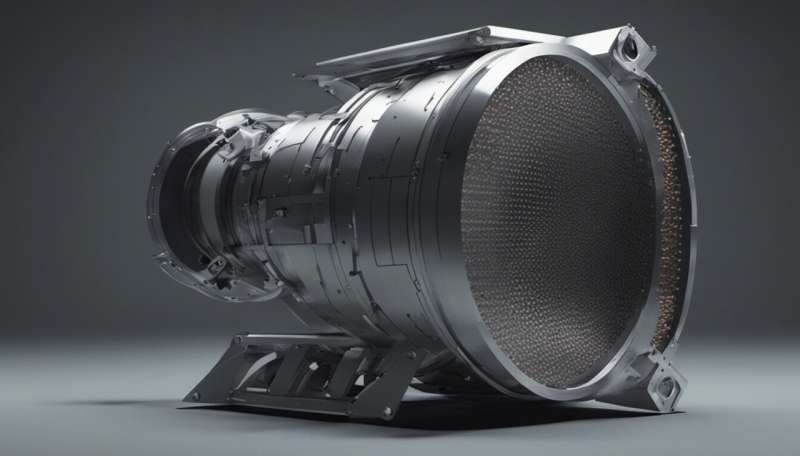Credit: AI-generated image (disclaimer)
Experienced operators claim they can tell if their machine is functioning properly merely by listening to the sounds it makes. EU-funded researchers have gone one better by developing technology based on the human auditory system that can, through sound analysis, 'hear' if industrial machinery is due for maintenance.
Eliminating the risk of downtime and reducing maintenance costs are very important for industry as these factors affect productivity and quality while decreasing profits. Industry, therefore, has major incentives to find a solution that is easy to implement and simple to use.
Using sound analysis, the EU-funded Horizon2020 neuronSW project developed an innovative ground-breaking approach for predicting mechanical malfunction in industrial machinery. Researchers combined advanced algorithms, machine learning and Big Data analysis to imitate the human auditory cortex and enable the early detection and prediction of mechanical breakdown. "The technology leverages machine learning, the cloud and the Internet of Things (IoT) to deliver a detection service which emulates human intuition about sound," says Jiří Čermák, technical manager of project partner SME NeuronSW Ltd.
Ear for problems
Via Neuron soundware technology (neuronSW), manufacturers can conduct intelligent audio diagnostics and monitor key items of machinery by the sounds they produce. "The integrated hardware and software platform automatically gather the sound of machines in real time and continuously assesses the equipment's health. It works in a similar way to experienced operators who use their ears to diagnose broken machines," explains Čermák.
The system works both offline and online and can be integrated into existing software or third-party IoT platforms. "This effectively transforms data into knowledge and actions," claims Čermák. "Sound and vibration sensors (microphones) can be quickly and cheaply installed on all types of machinery, enabling assets without digital interface or operated by legacy systems to be digitalised without expensive upgrades."
Excitingly, there are almost no limits to the application of the audio diagnostic technology, which can be used for anything that has a moving part and produces sound. "However, it makes most sense to first focus on critical pieces of machinery, expensive assets, quality control, and on assets in remote areas with difficult access," Čermák points out. He continues: "Different industries cooperated with NeuronSW to create solutions for heavy machinery, including cogeneration engines, automotive fuel pumps, wind turbines, escalators, AC systems, PC assembly, quality control of electric motors, and predictive maintenance of packaging machines."
A bright future
According to Michal Bambušek, NeuronSW Ltd's Sales Manager, the project also focused on sales and marketing plans. "We trained sales staff and identified key markets and go-to-market strategies for the neuronSW technology and conducted case studies to develop and adapt it to different fields," he says. "We made some new important business contacts that helped us discover some new areas and uses for our technology, which helped to enhance it and allowed us to progress."
Both machines and people will benefit from the technology developed through the initiative. "There is no doubt that asset maintenance is one of the core areas of exploration in many industries worldwide," adds Čermák. "We believe that in the future predictive sound maintenance will become a standard feature of most machines with moving parts, helping manufacturers and operators alike. As for future research, we are doing everything we can to learn from case studies and upgrade our technology and research," he concludes.
Provided by CORDIS























